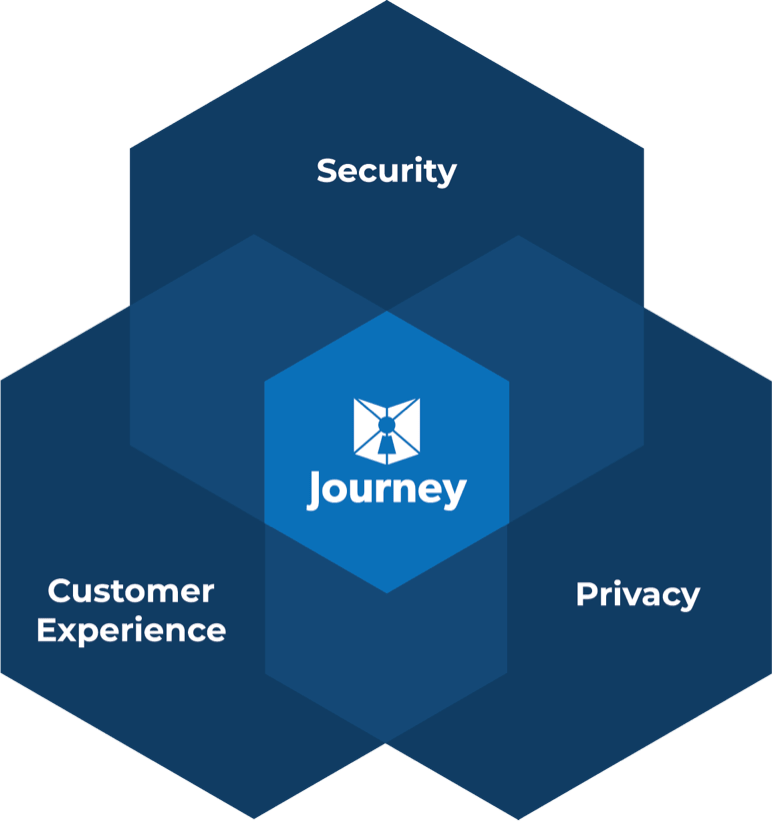There’s a general consensus around the idea that business leaders must choose between fighting fraud and creating friction on the customer. Since we are all consumers, we can probably agree that there is a high degree of friction in most contact center interactions, yet the contact center is still the number one vector for fraud. So clearly there is not really a tradeoff between fraud and friction. We are living with far too much of both.
This is kind of to be expected, because by definition, all interactions in the contact center are remote. IVRs give fraudsters the time and anonymity to hammer the system to try to get through. Hackers can access most of our knowledge without much effort on the dark web. People forget their passwords, can’t find their account numbers, and don’t remember what they said was their favorite movie.
Fraud is considered a cost of doing business in many cases. A certain amount is expected and just built into the bottom line. The problem is that it’s getting worse. Hackers are getting bolder and better, and businesses are slow to respond because most remedies are disjointed point solutions that need to be integrated across the tech stack and all apps.
Many businesses have instituted additional layers of security like one-time passcodes, liveness detection (check all the photos with crosswalks), and in some, voice biometrics. There are some passive options for identity verification and authentication, but let’s face it. Most of these “step up” actions put friction on customers. The 6-digit codes and annoying “I’m not a robot” actions wear on all of us. We’re exhausted by password resets, wait times, call backs, robocalls. The friction is astronomical, and many of us, while annoyed, accept it as a cost of doing business.
But occasionally, there will be a company that figures out how to safely take a payment from us, with great ease in just a few seconds. Doesn’t that make you want to buy more from them? I know that I’ve identified a handful of favorite takeout apps that I use over and over again because they are EASY. They remember my favorite orders, I just flash my face and double click, and dinner is ready.
A mobile app is a different animal altogether from calling a contact center and authenticating by speaking information or using a dialpad. But it IS possible to create a similar customer experience in the contact center.
The key is to think about the powerful sensors in today’s devices. Smartphones, tablets and laptops have cameras and digital wallets. Location data, mobile app certificates, carrier forensics, past behavior, and especially biometrics have a multiplicative effect on veracity when used together. The problem until now has been how hard it is to elegantly integrate them.
Journey has solved that problem by creating an identity later in the form of our patented Zero Knowledge Network and our composable platform that enables businesses to create ID verification and authentication experiences that dynamically bring together passive and active inputs to prove a person’s identity.
And if identity can be verified, then fraudsters can be kept out. So, there you go. Reduced fraud, reduced friction. If you’d like to discuss your challenges with balancing these important topics, get in touch. We’d love to hear from you.




